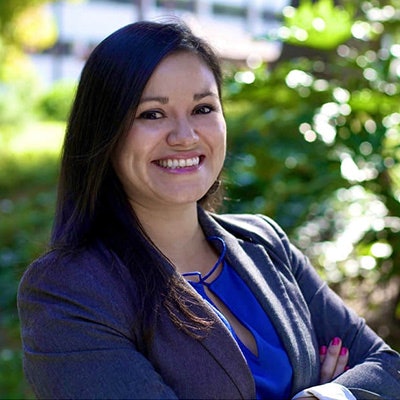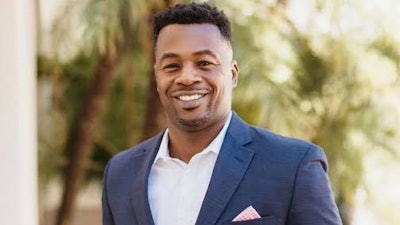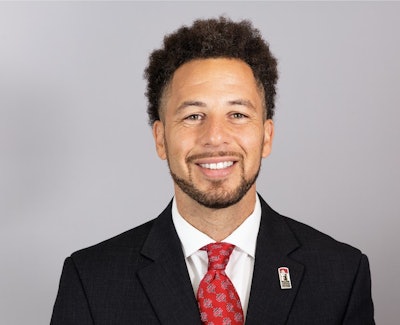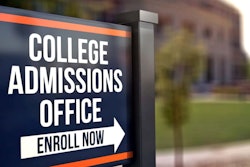Although the pandemic has negatively impacted enrollment across the world of higher education, the drops for minoritized men at community colleges have been especially precipitous. African Americans and Native Americans have been particularly affected, suffering declines of 24% and 26% respectively between fall 2019 and fall 2021. These decreases are especially concerning because of how popular a path community colleges have been for these groups: 44% of all Black undergraduates and 57% of all Native undergraduates attended community colleges in 2018. And the drops can play a role in extenuating racial disparities that already exist—African Americans and Native Americans are less likely to have degrees than whites by large margins.
In an effort to reverse this tide, scholars at San Diego State University’s Community College Equity Assessment Lab (CCEAL) have created a series of recommendations for state and institutional policy dedicated to the enrollment, retention, and success of minoritized men. They discussed their ideas Thursday at a panel co-sponsored by CCEAL and the Association of Community College Trustees.
 Dr. Marissa Vasquez, associate director of CCEAL and an assistant professor of postsecondary educational leadership at San Diego State University
Dr. Marissa Vasquez, associate director of CCEAL and an assistant professor of postsecondary educational leadership at San Diego State University
The rest of the panel was concerned with presenting the researchers' suggestions. Perhaps their broadest recommendation could be one of the most complicated to execute: states should develop intersegmental statewide programs to improve outcomes for boys and men of color with measurable goals for enrollment, retention, and completion. Such an effort will require robust data systems with disaggregated data, so that outcomes can be broken down by group. The data, the researchers note, could also be used to let the public know how school districts and higher ed institutions are doing in terms of equity for minoritized students.
Since finances are often a primary deterrent from school, the researchers also recommend supporting state-wide efforts that reduce or eliminate cost as a barrier, such as promise grants. These efforts can be particularly important for male students, since socially constructed conceptions of masculinity can suggest that men’s value comes from their ability as a breadwinner, as Dr. Frank Harris III, co-director of CCEAL and a professor of postsecondary education at San Diego State, pointed out during the panel. This can make school seem like a less attractive choice.
Harris said that it's also important to make sure that leaders of public institutions are held accountable for increasing the enrollment, retention, and success of men of color, with clearly articulated goals.
 Dr. Frank Harris III, co-director of CCEAL and a professor of postsecondary education at San Diego State University
Dr. Frank Harris III, co-director of CCEAL and a professor of postsecondary education at San Diego State University
College presidents, Harris suggested, should have yearly measurable objectives around the success of men of color, that they are evaluated on, just like fundraising. Candidates interviewing to be leaders of public institutions should be expected to present plans for minority male success.
Some of the researchers’ ideas for state policymakers were student centric. They recommended that every public-school student be required to complete and submit an application to a public post-secondary institution in the state, and to be supported in doing so. They also suggested an investment in dual-enrollment programs targeted to students of color, which have been shown to improve high-school dropout and college-going rates. Some of these programs, they said, should be career and technical education-oriented, but it’s important that minoritized men not be exclusively tracked into those.
The CCEAL presenters also had recommendations for schools and their leaders. Some of these were parallel to the state solutions. They said that enrollment, retention, and completion goals should be part of an institution’s strategic plan, for example, and that there should be a presidential task force studying the experiences and outcomes of men of color and proposing recommendations. They also recommended coordinating efforts around student needs, such as food and housing, and suggested establishing industry partnerships with career and technical education programs.
Other ideas focused on teachers. The researchers said that schools should invest deeply in training that helps faculty serve men of color, who are often viewed with mistrust, looked at as academically inferior, or pathologized. The training can’t just be one-and-done, the CCEAL scholars emphasized; it has to be an ongoing process. Further, they said, hiring, tenure, and promotion policies need to be aligned with student equity goals. Faculty who are trying to get promoted should be expected to show how their teaching has helped disproportionately impacted students succeed, and questions about equity should be incorporated in student evaluations of faculty.
The presenters additionally supported the idea that community colleges need to try to reach students who are struggling as soon as possible with early alert systems and intrusive approaches.
“An early alert is not early if it happens halfway through the semester,” said Dr. J. Luke Wood, co-director of CCEAL and vice president for student affairs and campus diversity at San Diego State.
 Dr. J. Luke Wood, co-director of CCEAL and vice president for student affairs and campus diversity at San Diego State University
Dr. J. Luke Wood, co-director of CCEAL and vice president for student affairs and campus diversity at San Diego State University
“When students of color come into college campuses, the sights that they see, the images on the wall, the building names, are all going to be representative of communities that are not their own,” said Wood. “Oftentimes, students of color can feel like they’re a guest in someone else’s house.”
To address this, he suggested that schools establish cultural resource centers, and investigate changing building names and campus art. Institutions should ask students what they want to see, Wood said.
The CCEAL presenters did acknowledge that their recommendations may be harder to effect in states where conservative legislatures have been proposing and passing anti-DEI laws. Wood suggested that at least some of the projects could be done under the rubric of equity, which he said was a designation more closely tied to the federal government. Harris said that strategies for making change in states with unfriendly climates was a priority for future work.
Jon Edelman can be reached at [email protected]


















